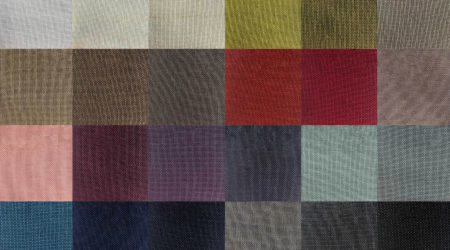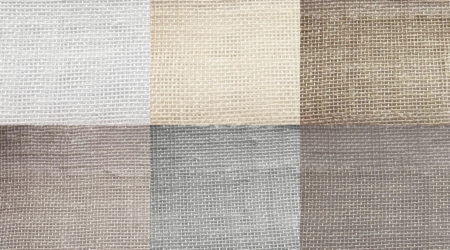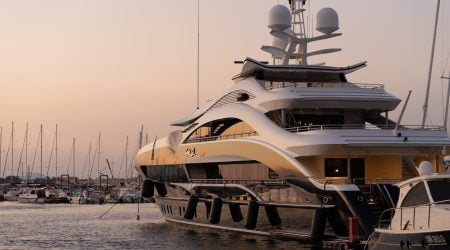New Mirage Voile IFR Range Available
Discover our brand new range of Mirage Voile IFR, made from 100% polyester and Inherently Flame Retardant.
Read MoreSpecialising in the production of theatre and stage drapes for over 30 years
Bustling with life and a haven of entertainment, theatres have been welcoming crowds for thousands of years. Today, a classical theatre is elaborately designed not only for the comfort of spectators, but to create a special ambience too.
Bustling with life and a haven of entertainment, theatres have been welcoming crowds for thousands of years. Today, a classical theatre is elaborately designed not only for the comfort of spectators, but to create a special ambience too.
While you might be forgiven for thinking a theatre is all about the stage, there are actually many parts that make up a theatre’s full anatomy. Often dressed in plush red fabrics and gilt golden pillars, with a rotation of sets depending on the performance, theatres require many small details to create the bigger picture.
Let’s go behind-the-scenes and explore the main elements of a theatre.
The Stage
This is where all the action happens and where your eyes will most likely be drawn to. The stage in any theatre needs to be fit for the performers and offer a basic layout allowing the choreography to play out seamlessly.
Most stages are divided into six key sections:
As well as these sections, there are outer edges to a stage which are not visible to the audience but are regularly used by performers as a passageway before entering the stage fully. This is simply referred to as the ‘offstage’ space.
Whilst most stages are simple wooden floor spaces, it is the set that truly evokes the time and place of a performance. Set-dressing is quite an art, from the curtained backdrops to the on-stage props.
Of course, when the show is over the classic theatre curtain will be pulled in from the left and right, completely covering the stage from view at the middle.
The Auditorium
The auditorium is the dedicated viewing space of a theatre, lined with the seats and entrance ways leading in from the foyer. Depending on the size and arrangement of the theatre, the auditorium may vary in design, but normally the seats are arranged in tiers.
As with the set-dressing, the furnishings of an auditorium require close attention to detail, from the choice of fabric for the seat covers to the drapes around the balcony boxes.
The Fly Tower
One of the truly behind-the-scenes features of a theatre is the fly tower. This is positioned above the stage and where the pulleys for the flying system are mounted. The tools and systems found here allow a technical crew to quickly move set pieces and lighting around on the stage, which is an essential part of the narrative of a performance.
The Scene Dock
No good theatre could operate without a set and props. The scene dock is the area at the rear of the stage where delivery vehicles unload these items. The space also acts as an area where these items can be stored before being transported through to the stage as required.
The Pit
Housing the orchestra, the pit is an area just in front of the stage, before the audience, which can be lowered down from stage level to form a pit. A trap room below the stage offers access for orchestra members without any disturbances to the stage or audience.
The Bar
One of the key theatre experiences for the audience is the interval. As such, a bar positioned below the auditorium is an important component of any theatre, and is usually stylishly dressed to match the theatre furnishings.
At Whaleys, we provide fabrics for many set designers and theatrical companies. Browse our collection online, including flame-proofed fabrics suitable for set-dressing and stage backdrops. Contact a member of our team for more information about your specific requirements.

Discover our brand new range of Mirage Voile IFR, made from 100% polyester and Inherently Flame Retardant.
Read More
Discover our brand new range of Eco Voile IFR, made from 100% recycled polyester and Inherently Flame Retardant.
Read More
We now have IMO (International Maritime Organisation) Certification for the following qualities…
Read More